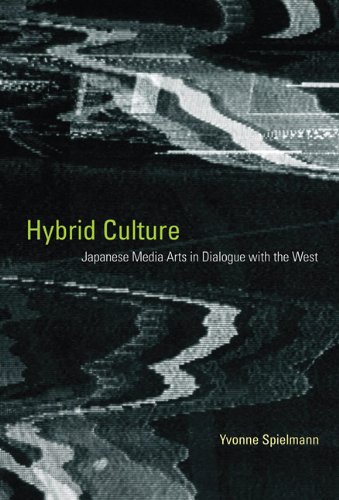

Most ebook files are in PDF format, so you can easily read them using various software such as Foxit Reader or directly on the Google Chrome browser.
Some ebook files are released by publishers in other formats such as .awz, .mobi, .epub, .fb2, etc. You may need to install specific software to read these formats on mobile/PC, such as Calibre.
Please read the tutorial at this link: https://ebookbell.com/faq
We offer FREE conversion to the popular formats you request; however, this may take some time. Therefore, right after payment, please email us, and we will try to provide the service as quickly as possible.
For some exceptional file formats or broken links (if any), please refrain from opening any disputes. Instead, email us first, and we will try to assist within a maximum of 6 hours.
EbookBell Team

5.0
68 reviewsThis book grew out of Yvonne Spielmann's 2005--2006 and 2009 visits to Japan, where she explored the technological and aesthetic origins of Japanese new-media art--which was known for pioneering interactive and virtual media applications in the 1990s. Spielmann discovered an essential hybridity in Japan's media culture: an internal hybridity, a mixture of digital-analog connections together with a non-Western development of modernity separate from but not immune to Western media aesthetics; and external hybridity, produced by the international, transcultural travel of aesthetic concepts. Spielmann describes the innovative technology context in Japan, in which developers, engineers, and artists collaborate, and traces the Japanese fondness for precision and functionality to the poetics of unobtrusiveness and detail. She examines work by artists including Masaki Fujihata, whose art is both formally and thematically hybrid; Seiko Mikami and Sota Ichikawa, who build special devices for a new sense of human-machine interaction; Toshio Iwai, who connects traditional media forms with computing; and Tatsuo Miyajima, who anchors his LED artwork in Buddhist philosophy. Spielmann views hybridity as a positive aesthetic value--perhaps the defining aesthetic of a global culture. Hybridity offers a conceptual approach for considering the ambivalent linkages of contradictory elements; its dynamic and fluid characteristics are neither conclusive nor categorical but are meant to stimulate fusions.